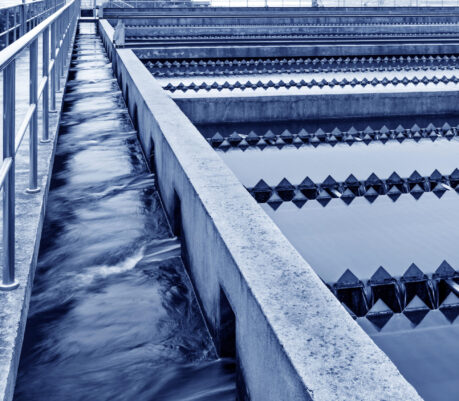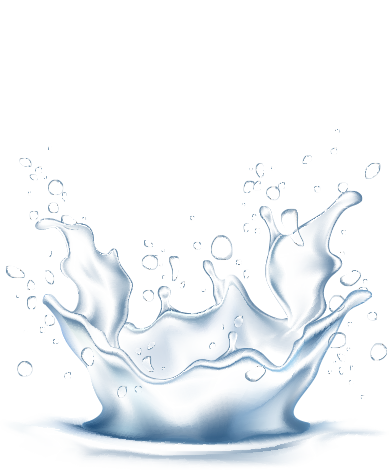
WATER TREATMENT
Randomised words which
PROCESS TREATMENT
Necessary, making this the first
WATER SAFETY
Necessary, making this the first
SEWAGE TREATMENT
Randomised words which

PRODUCTS, PROGRAMS AND SERVICES
Wastewater treatment demands as much attention, and the need for integrated solutions, as other processes within your operation.
PRODUCTS
Primary wastewater treatment
PROGRAMS
Automated inventory management
SERVICES
Managed operations
What We Do

Reverse osmosis plant
All the lorem ipsum generators on the Internet tend to repeat predefined chunks as necessary.

Membrane System
Consectetur, from a Lorem Ipsum passage, and going through the cites of the word in classical.

waste water treatment
Many desktop publishing packages and web page editors now use lorem ipsum as their.


Water treatment plant
Various versions have evolved over the years, sometimes by accident, sometimes on purpose.

Sewage treatment plant
It was popularised in the 60s with the release of Letraset sheets containing lorem passages.

Effluent Treatment Plant
The point of using Lorem Ipsum is that it has a more-or-less normal distribution of letters as.
It is a long established fact that a reader will be distracted by the readable content of a page when looking at its layout. The point of using Lorem Ipsum is that it has a more-or-less normal distribution of letters, as opposed to using, making it look.
OUR ARTICLE
Deep Cleaning Reset Protocols for Commercial Establishments
-
Posted by
admin
- 0 comments
Food Service Operators – Personal Hygiene Tips
-
Posted by
admin
- 0 comments
Guidelines for Cleaning of Dairy Plant Processing Equipment
-
Posted by
admin
- 0 comments
Methods of improving Hygiene in the Dairy Supply Chain.
-
Posted by
admin
- 0 comments


